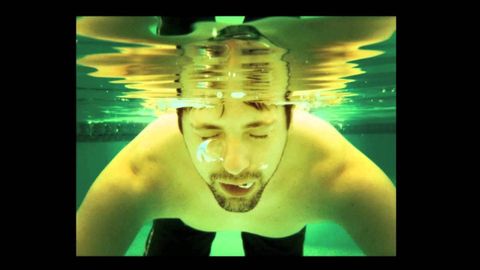
Subtitles & vocabulary
3T's Conference Pecha Kucha
00
王建中 posted on 2013/11/16Save
Video vocabulary
face
US /fes/
・
UK /feɪs/
- Transitive Verb
- To cover a surface with something like paint
- To deal with a problem or responsibilities
- Noun (Countable/Uncountable)
- Side or outer surface of something
- An expression using mouth, nose, eyes etc.
A1
More change
US /tʃendʒ/
・
UK /tʃeɪndʒ/
- Transitive Verb
- To exchange one set of clothes for another
- To exchange one kind of money for another
- Noun (Countable/Uncountable)
- Exchange of one set of clothes for another
- Money in the form of coins instead of paper
A1
More learn
US /lɚn/
・
UK /lɜ:n/
- Verb (Transitive/Intransitive)
- To get knowledge or skills by study or experience
- To find out something.
A1
More mobile
US /ˈmoʊbl/
・
UK /'məʊbaɪl/
- Adjective
- Able to be moved or able to move
- Able to move easily from one job, place, or social class to another.
- Countable Noun
- Personal phone you take with you wherever you go
- A decorative structure that is suspended so as to turn freely in the air.
B1
More Use Energy
Unlock All Vocabulary
Unlock pronunciation, explanations, and filters
